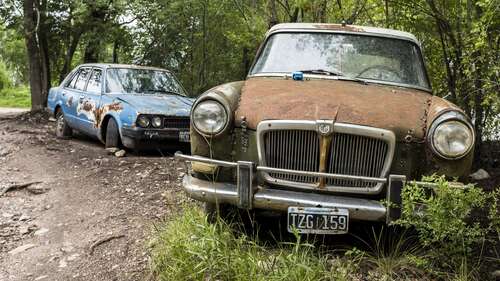
The first and most important question you should ask yourself is whether old cars were reliable in the first place. To answer that, you must first figure out how far back a car must have been made for you to consider it old. Of course, you can’t expect a 1920 Ford Model T to do street laps today. As great as the Ford Model T’s engine was for its time, the car-making craft was simply not advanced enough to keep a vehicle on the road that long.
For one, the materials used to make the body of much older cars — even the ones from the 1970s — weren’t as rust-resistant as the alloys we have today. Cooling systems have also much improved, and engines are less likely to overheat, letting them suffer less warping and stress. Overall, the art of engine-making and quality control have been honed significantly over the last 50 years. In fact, cars from the ’60s and ’70s often had mechanical odometers that clocked a maximum number of 99,999 miles before returning to zero. Indicating that the idea that of driving around a car that has seen more than 100,000 miles was abnormal.
Today, 200,000 miles is the new 100,000. With car brands like Toyota and Honda building reputations in reliability, you could see some of these vehicles racking up to 300,000 miles and still going strong with regular maintenance.

